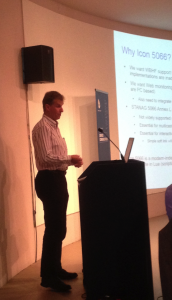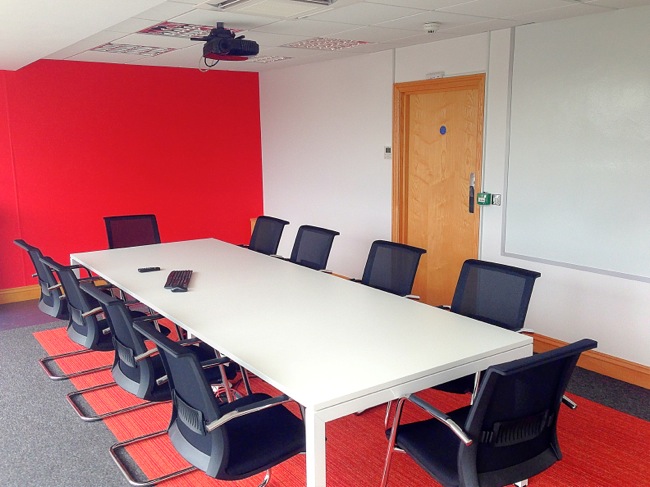
Over the last couple of years we’ve been conducting both ground and flight trials with a number of military aircraft operators to look at addressing the problems of text chat over constrained links (high-latency, unreliable connection, low-bandwidth).
Text chat has become a vital capability for the modern warfighter but most modern text chat deployments have significant problems, both architectural and functional, in the constrained link environment.
Addressing these problems has been a high priority for our development team and we believe that our M-Link XMPP server product now leads the field in this environment.
We continue to participate in trials whenever we’re given the opportunity, which is why we were very happy to support Boeing and NATO’s NCI Agency in the recent Unified Vision 2014 exercise, the largest ever test of NATO’s intelligence, surveillance and reconnaissance (ISR) capabilities.
M-Link capabilities, including Federated Multi-User Chat and submission of Tactical Reports (TACREPS) using dynamic chat forms, were extensively tested over a 10 day period. We’re very happy with the feedback and results we got from the tests, which will enable us to make even more improvements to M-Link’s performance.
The results from Unified Vision will be used as the baseline for implementation of a Joint ISR Initial Operational Capability, in 2016, for the NATO Response Force.








